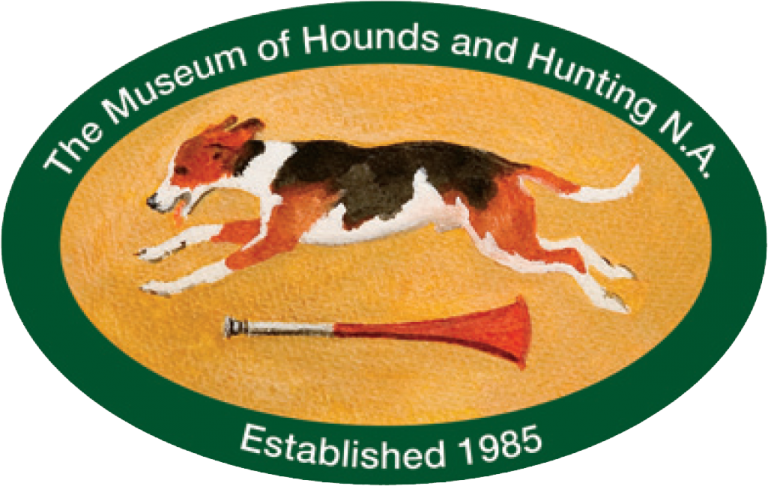By Scottie Chapman of Wolver Beagles, VA
For centuries in Great Britain, individuals, schools, colleges and the armed services have maintained beagle packs. However, in the United States, for the most part, a pack is either privately owned and hunts at the will of its Master, or a pack is a subscription pack, which meets once a week and on holidays. The season runs from October through March. The hounds hunt hare in the Northeast, jackrabbit in the West and cottontail elsewhere.
Packs vary in number from five to sixteen couple. Hounds are counted in pairs. (The term couple deriving from the custom of “coupling” a young hound to an experienced, older hound to learn the discipline of the pack, the mechanics of hunting and the responses to the huntsman’s voice and different calls on the horn.)” The beagle packs hunt the countryside by permission of generous landowners. A fixture card (schedule) is sent to supporters indicating the location of the meet. The staff consists of a Master and /or Huntsman assisted by two or more whippers-in, who help in the handling of the hounds as well as in sighting the prey. All are in matching livery with each Hunt’s particular colors on the collar.
Twice a year, a dozen or more packs meet at the National Beagle Club in Aldie, Virginia, to compete in several classes, exchange ideas and sometimes hounds, and enjoy the camaraderie of shared sport.
Beagles are a popular breed to follow. Their drive and enthusiasm for the chase are contagious. Their joyous enthusiasm is imparted to the “field” who sometimes find a second or third “wind” to stay with the hounds until the rabbit goes to ground. For the less energetic follower, the cottontail is a co-operative performer running in large circles, allowing the hunt to be viewed from the hillside.
For children and adults, following a beagle pack is the most perfect way to understand what happens in the hunt and how the individual contributes to the whole. It all happens in your sight: the draw, opening on the line, harking-in a check, recasting, finding again and “putting to ground”. When they run in such unity, driving on the line in “full cry” the hounds’ music sets one’s heart singing and eagerly anticipating the next meet.


